Human connection in a time of isolation
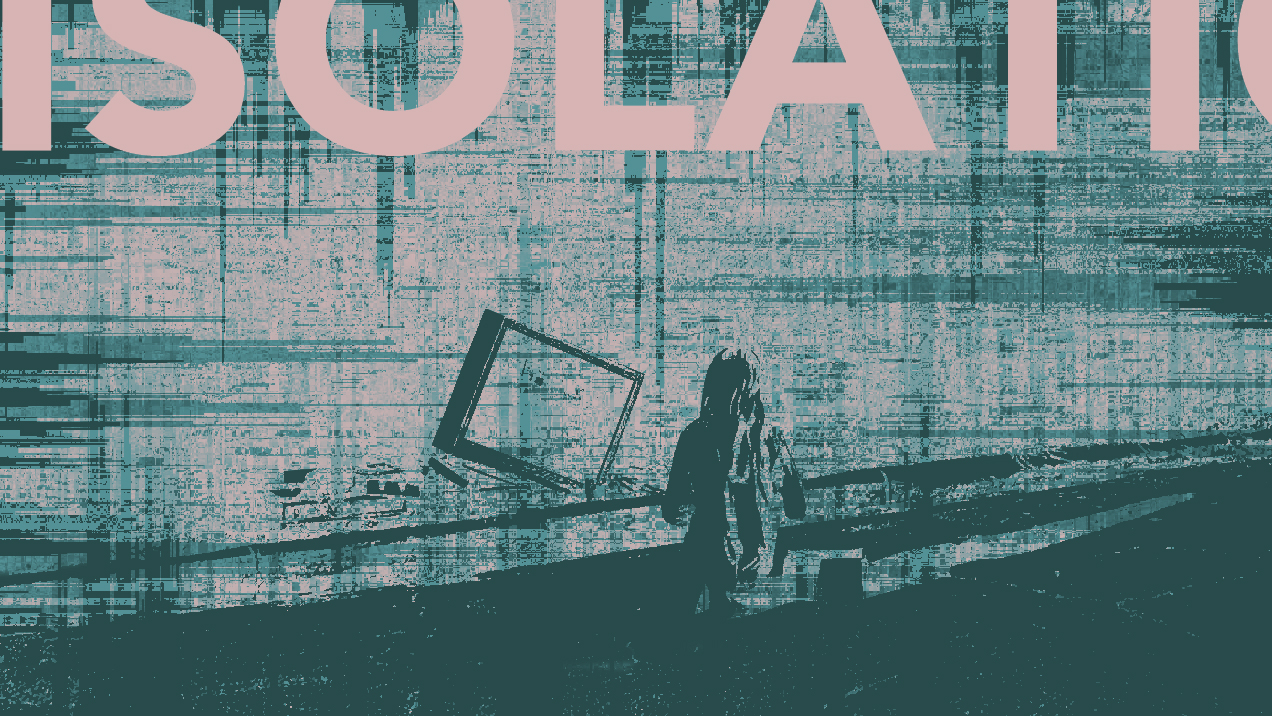
As a response to the current isolating effects of the COVID-19 pandemic, this project explores the notion of human connection in a time of isolation. The pandemic has forced many to shelter in place for fear of exposing themselves to the virus. Others, venture out of their home with little to no concern, simply utilizing their new-found time for exercise, hobbies, and social gathering. This project looks at the dichotomy between these individuals in relation to how they perceive the threats of a global pandemic in their everyday life. In doing so, the tools and technology employed establish a connection from one’s personal experience and reality to another’s, while highlighting the social and ideological gaps between these two groups. By utilizing a collection of antiquated and current technology to create the connection point, our perceptions of public space are transformed into an environment that questions our connections to each other, while drawing attention to the unsettling feeling that this period in history reveals.
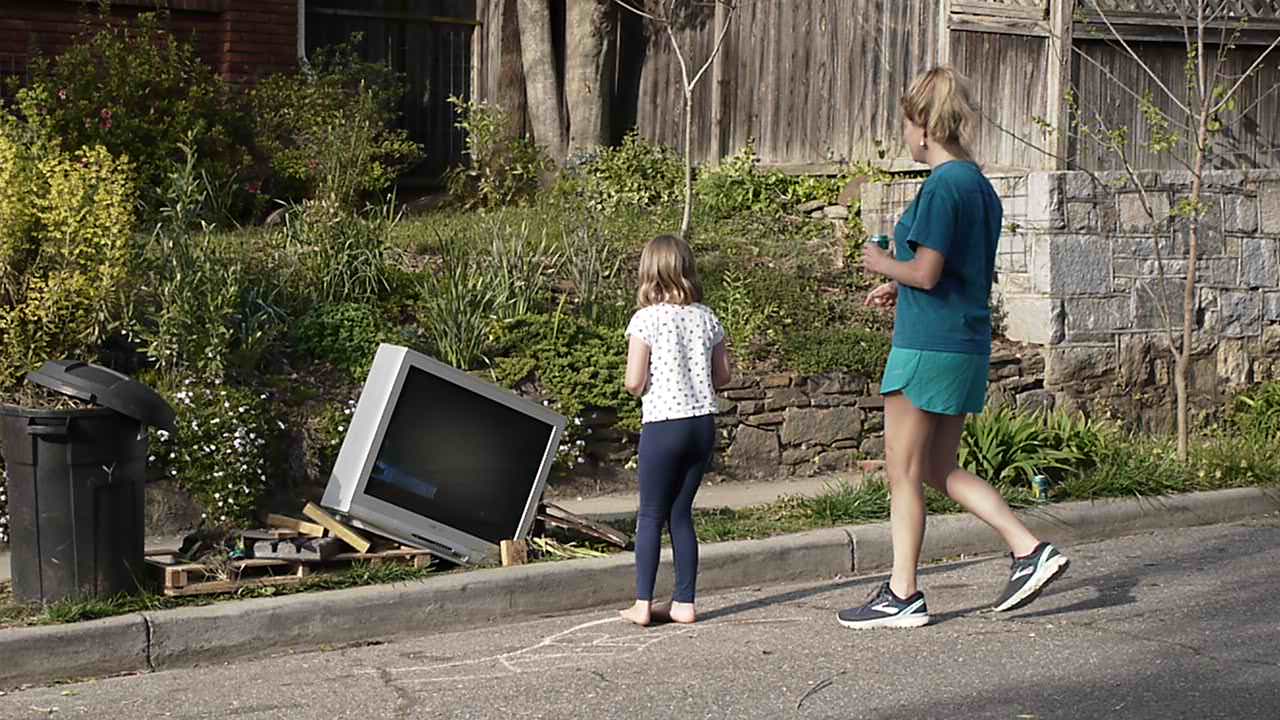
A CRT TV was set in a public environment with varying foot traffic during peak times. Similar to the image , there was random trash to simulate a discarded environment. The TV was fixed with a 1080p HD webcam connected to a raspberry pi 3 b+. The Raspberry pi a sent video signal over IP which was viewed through a web browser. The in-home monitor captured the pedestrians on its built-in webcam and projected it to the CRT TV via a Chrome Cast dongle connected to the CRT TV. The signal was run through MAX 8 software with Max 8 Patch running multiple videos, a live camera stream, and various effect modulators.
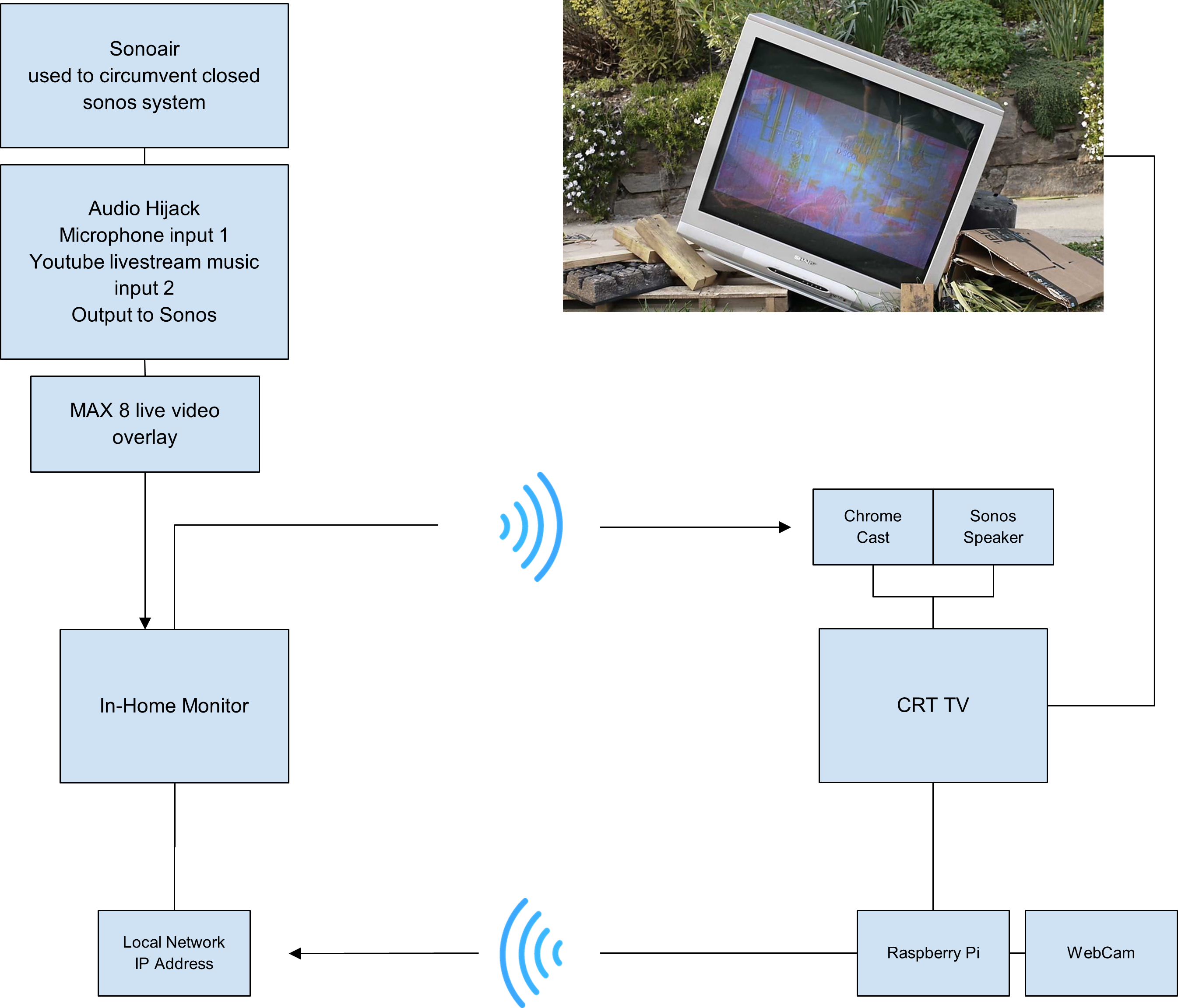
Initially, there weren’t many people on the street, which turned out to be helpful because the CRT TV was somewhat difficult to see when exposed to direct sunlight. Around 6 pm, people started to pass with greater frequency. Responses varied, but the underlying feeling of confusion and distrust was evident.
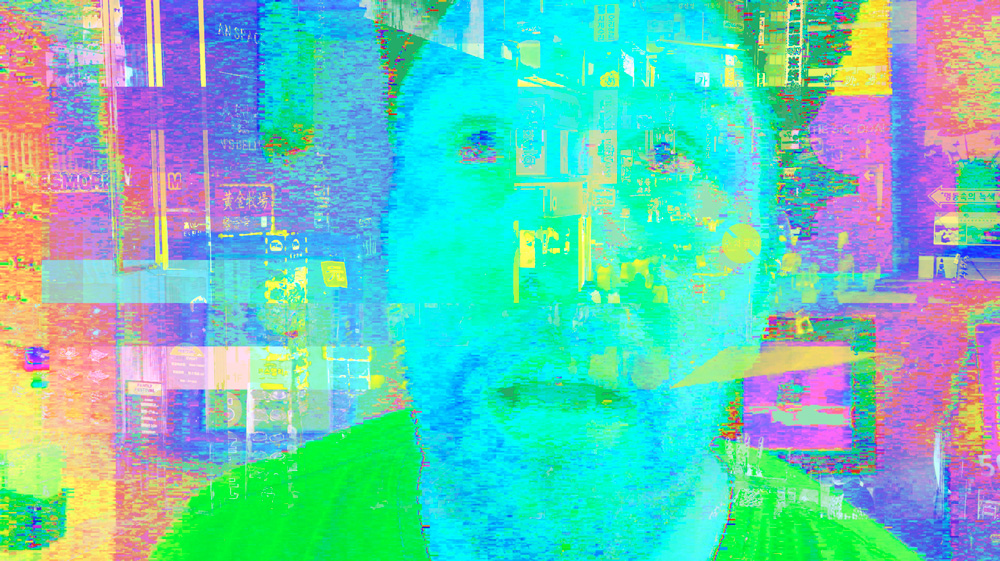
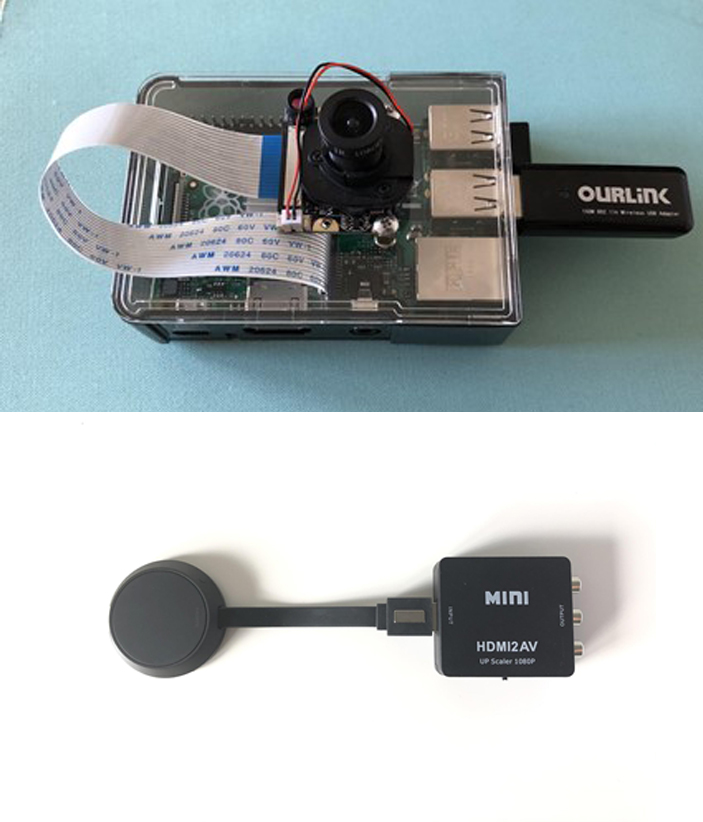
On Friday evening, April18th 2020 between 5 - 7:30 pm, I set up this project on the street out in front of my house. What was initially supposed to be a test of network range for the camera and TV at their final location quickly evolved into the final performance of this project. As one component after the other came online and worked as I had previously tested, it was obvious that I needed to take advantage of the timing considering everything was actually working!
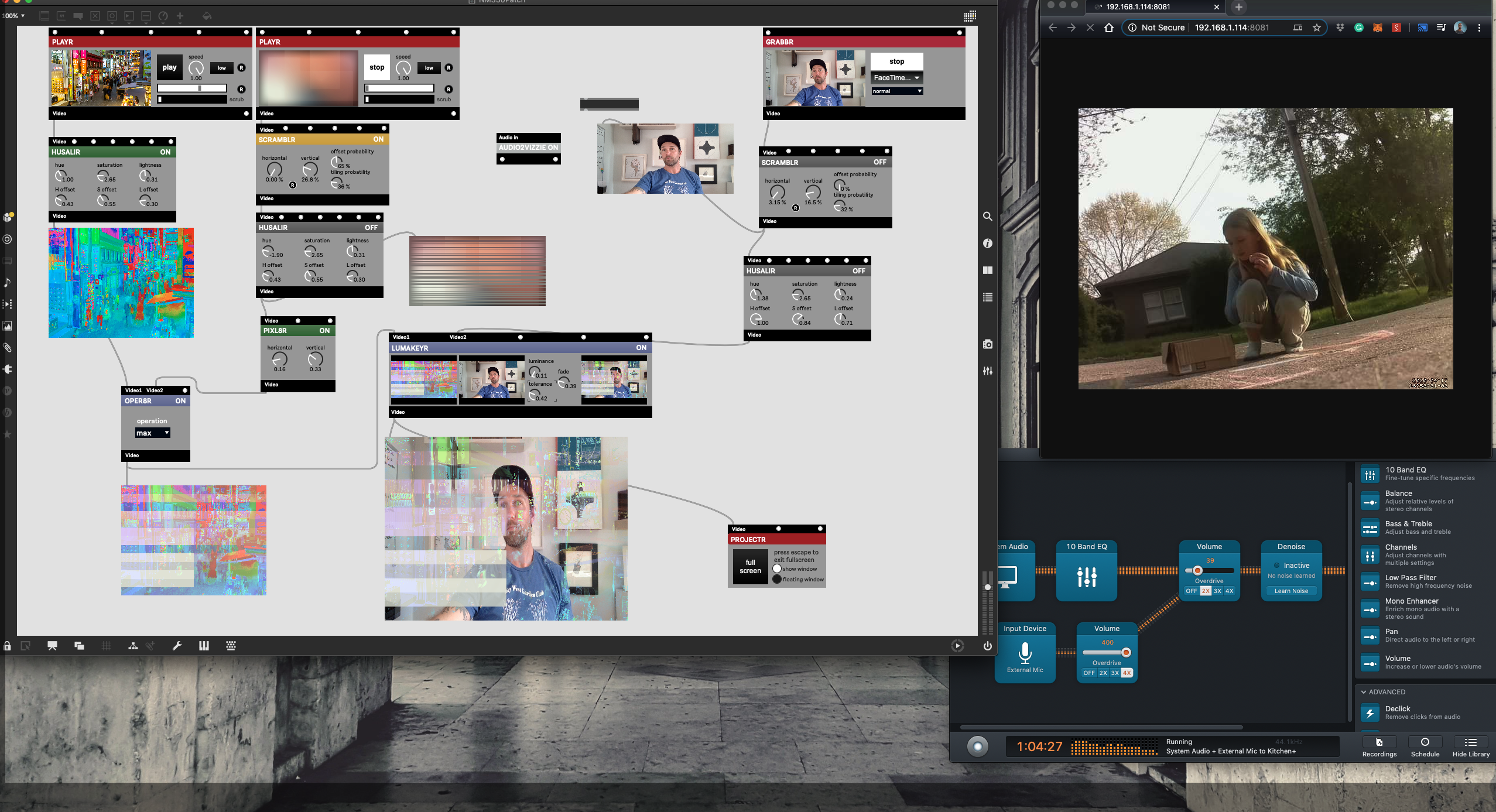
Around 6:30 pm people began to congregate around the TV to share in the performance. A few children had brought their own artwork to show me (the TV). And others took pictures while the conversation continued. Despite some latency, the project felt successful
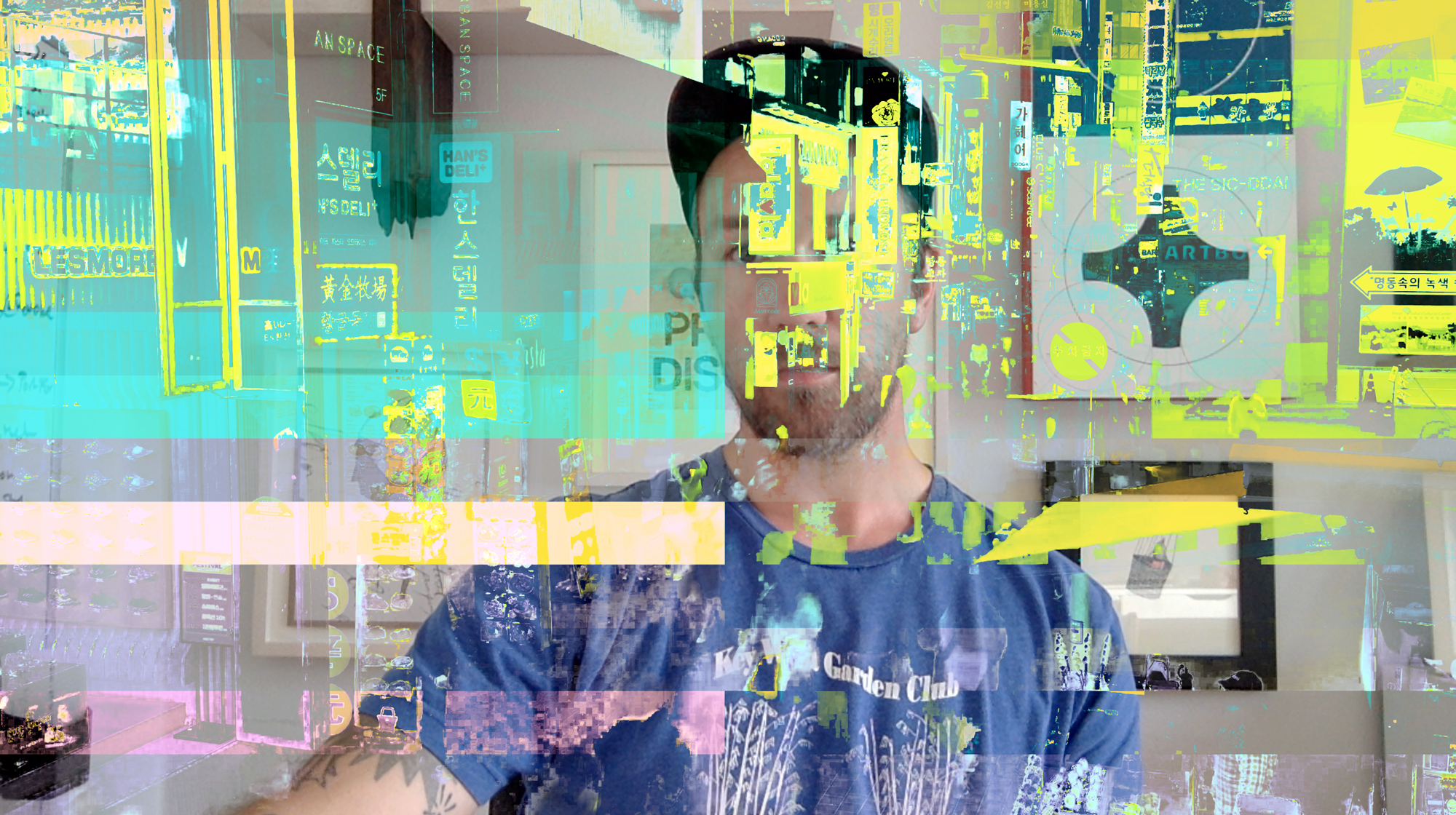
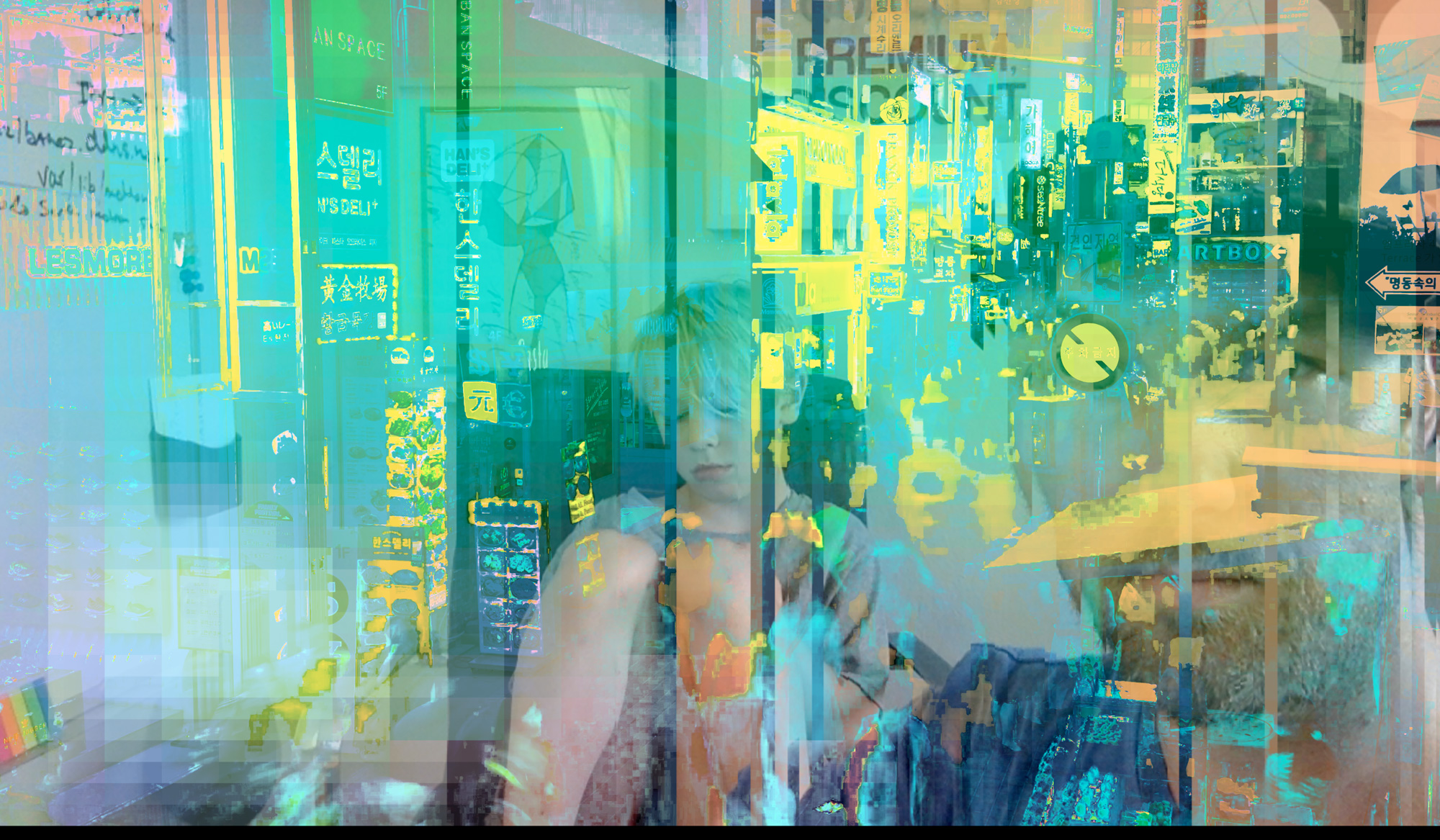
It created an atmosphere that ventured outside our current reality with COVID-19and drew attention to the contrast between those who are sequestered, and those who feel free to roam. The effects cast through the TV and the portrayal of visual media as trash on the street, added an eerie uncertainty that seemed fitting with these times. If done again, I would set up a microphone on the street to be able to hear the response of those I was communicating with. Additionally, I would like to figure out how to make the entire setup work independent of a local network. This way it could be set up anywhere.
The video below is documentation of the events experienced during the interactive video project. A Special thanks to my wife Dana for putting up with my experiments. Without her, none of this would have been possible.